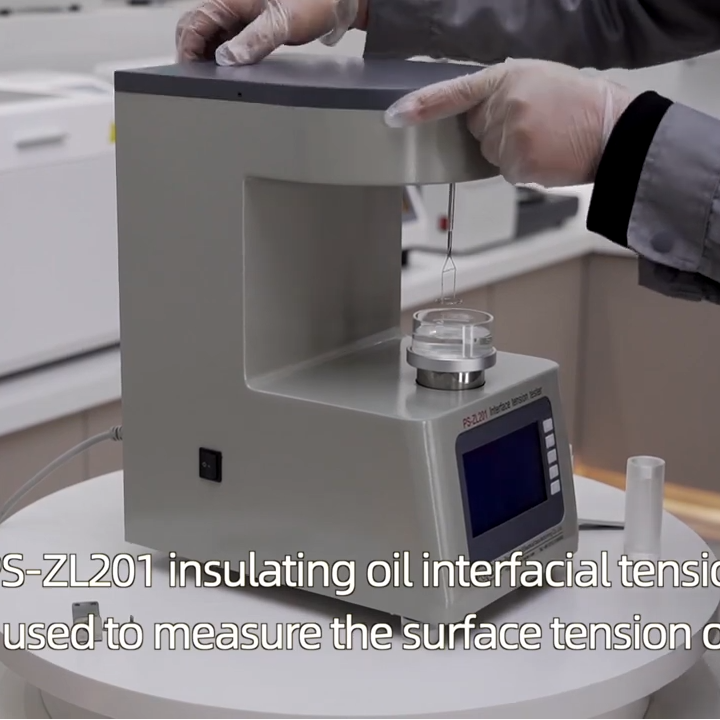 English
English



-
 Afrikaans
Afrikaans -
 Albanian
Albanian -
 Amharic
Amharic -
 Arabic
Arabic -
 Armenian
Armenian -
 Azerbaijani
Azerbaijani -
 Basque
Basque -
 Belarusian
Belarusian -
 Bengali
Bengali -
 Bosnian
Bosnian -
 Bulgarian
Bulgarian -
 Catalan
Catalan -
 Cebuano
Cebuano -
 China
China -
 China (Taiwan)
China (Taiwan) -
 Corsican
Corsican -
 Croatian
Croatian -
 Czech
Czech -
 Danish
Danish -
 Dutch
Dutch -
 English
English -
 Esperanto
Esperanto -
 Estonian
Estonian -
 Finnish
Finnish -
 French
French -
 Frisian
Frisian -
 Galician
Galician -
 Georgian
Georgian -
 German
German -
 Greek
Greek -
 Gujarati
Gujarati -
 Haitian Creole
Haitian Creole -
 hausa
hausa -
 hawaiian
hawaiian -
 Hebrew
Hebrew -
 Hindi
Hindi -
 Miao
Miao -
 Hungarian
Hungarian -
 Icelandic
Icelandic -
 igbo
igbo -
 Indonesian
Indonesian -
 irish
irish -
 Italian
Italian -
 Japanese
Japanese -
 Javanese
Javanese -
 Kannada
Kannada -
 kazakh
kazakh -
 Khmer
Khmer -
 Rwandese
Rwandese -
 Korean
Korean -
 Kurdish
Kurdish -
 Kyrgyz
Kyrgyz -
 Lao
Lao -
 Latin
Latin -
 Latvian
Latvian -
 Lithuanian
Lithuanian -
 Luxembourgish
Luxembourgish -
 Macedonian
Macedonian -
 Malgashi
Malgashi -
 Malay
Malay -
 Malayalam
Malayalam -
 Maltese
Maltese -
 Maori
Maori -
 Marathi
Marathi -
 Mongolian
Mongolian -
 Myanmar
Myanmar -
 Nepali
Nepali -
 Norwegian
Norwegian -
 Norwegian
Norwegian -
 Occitan
Occitan -
 Pashto
Pashto -
 Persian
Persian -
 Polish
Polish -
 Portuguese
Portuguese -
 Punjabi
Punjabi -
 Romanian
Romanian -
 Russian
Russian -
 Samoan
Samoan -
 Scottish Gaelic
Scottish Gaelic -
 Serbian
Serbian -
 Sesotho
Sesotho -
 Shona
Shona -
 Sindhi
Sindhi -
 Sinhala
Sinhala -
 Slovak
Slovak -
 Slovenian
Slovenian -
 Somali
Somali -
 Spanish
Spanish -
 Sundanese
Sundanese -
 Swahili
Swahili -
 Swedish
Swedish -
 Tagalog
Tagalog -
 Tajik
Tajik -
 Tamil
Tamil -
 Tatar
Tatar -
 Telugu
Telugu -
 Thai
Thai -
 Turkish
Turkish -
 Turkmen
Turkmen -
 Ukrainian
Ukrainian -
 Urdu
Urdu -
 Uighur
Uighur -
 Uzbek
Uzbek -
 Vietnamese
Vietnamese -
 Welsh
Welsh -
 Bantu
Bantu -
 Yiddish
Yiddish -
 Yoruba
Yoruba -
 Zulu
Zulu
distribution transformer testing pdf
Understanding Distribution Transformer Testing A Comprehensive Overview
Distribution transformers are essential components in the electrical power supply system, facilitating the transformation of high voltage electricity to usable levels for residential and commercial needs. As these transformers are subject to various operational conditions, regular testing and maintenance are crucial to ensure their reliability and efficiency. This article explores the fundamental aspects of distribution transformer testing, focusing on the importance, types of tests, and key performance indicators.
The Importance of Transformer Testing
The primary purpose of testing distribution transformers is to ensure their operational integrity and longevity. Transformers are often subjected to electrical, thermal, and environmental stresses, which can lead to deterioration over time. Regular testing helps in identifying potential failures before they occur, thereby preventing costly outages and enhancing the overall reliability of the power distribution network. Additionally, testing assists in compliance with industry standards, ensuring that transformers operate safely within designated parameters.
Types of Transformer Tests
Transformer testing can be broadly categorized into two types routine tests and type tests
.1. Routine Tests These tests are performed on every transformer before it is put into service. They include - Insulation Resistance Test This measures the insulation's ability to withstand voltage and helps detect potential failures. - Turns Ratio Test This evaluates the turns ratio between the primary and secondary windings, ensuring that the transformer is functioning correctly. - Power Factor Test This assesses the power factor of the insulation system, providing insights into its condition.
distribution transformer testing pdf

2. Type Tests Conducted on prototype transformers, type tests aim to establish compliance with specifications. Common type tests include - Temperature Rise Test This determines the temperature rise in the transformer under specified load conditions, ensuring it remains within safe limits. - Short-Circuit Test This simulates short-circuit conditions to evaluate the transformer's capacity to withstand fault currents. - Impulse Test This tests the transformer's ability to endure voltage surges, which are common in electrical systems.
Key Performance Indicators
When testing distribution transformers, several key performance indicators (KPIs) are assessed to ensure optimal performance
- Efficiency This is the ratio of output power to input power and is critical for determining operational costs. - Load Loss This measures power loss due to resistance in the windings when the transformer is under load. Minimizing load loss enhances efficiency. - No-Load Loss Also known as core loss, this measures energy loss in the stationary transformer due to magnetization of the core. - Voltage Regulation This indicates how well the transformer maintains a constant output voltage despite variations in load.
Conclusion
In summary, the testing of distribution transformers is vital for maintaining the integrity and functionality of electrical distribution systems. Through various routine and type tests, operators can ensure transformers operate efficiently, safely, and comply with industry standards. By focusing on key performance indicators, it is possible to optimize the performance and lifespan of these critical components in the power supply network. Regular testing not only prevents equipment failures but also contributes to a more reliable and efficient energy delivery system for consumers.
-
Ensuring Transformer Reliability with High-Precision Turns Ratio TestingNewsJul.18,2025
-
Ensuring SF₆ Gas Safety: Introducing PUSH’s Integrated SF₆ Analyzer for Dew Point, Purity, and Decomposition MonitoringNewsJul.10,2025
-
Exploring the Main Types of Industrial Endoscopes and Their Applications Across IndustriesNewsJul.04,2025
-
Testing Equipment Industry Sees Major Advancements in 2025: Smart & Precision Technologies Lead the WayNewsJun.06,2025
-
Applications of Direct Current Generators in Renewable Energy SystemsNewsJun.05,2025
-
Hipot Tester Calibration and Accuracy GuidelinesNewsJun.05,2025



